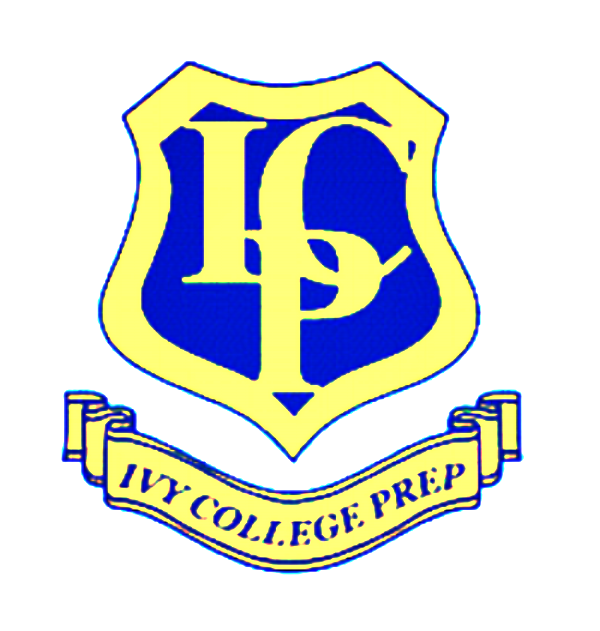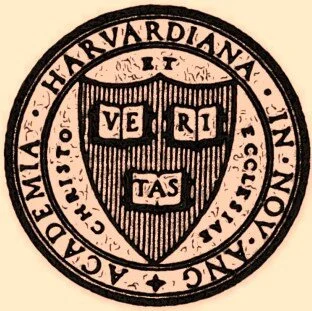A lot of students and their families are justifiably concerned about the cost and quality of education in the United States. A hundred US colleges now have a cost of attendance (COA) exceeding $50,000; 2 years ago, only 5 did. Worse still, the price tag continues to escalate at around 4% per year, with no end in sight. Add to this state of affairs the revelations contained in the book Academically Adrift: Limited Learning on College Campuses, which asserts, “36 percent of students ‘did not demonstrate any significant improvement in learning’ over four years of college,” and you have every reason in the world to look elsewhere for alternative educational opportunities. The world, however, might very well be on your doorstep in the form of our Canadian neighbors to the north. Canadian universities have a high standard of educational rigor, their COA (depending on province) is lower, and most award degrees in three years, not the six, it seems to be taking at many US schools nowadays.
Cost/Benefit Analysis of a Harvard Diploma
Possibly you were among the lucky 2,000 applicants, the elite 6.2% of the 35,000 pool, who received an admissions offer from Harvard this year. Yet, just how lucky were you? Recently, numerous articles have appeared questioning the value of any 4-year bachelor’s degree, whether from Harvard or not. One of the skeptical parties, ironically, is Harvard’s School of Education, which recently published a study that claims a four-year college degree isn’t for everyone. Even more ironic, just as the best basketball players usually leave college, after a year, to jump into the NBA, some of the most successful Harvard undergraduates don’t graduate (Bill Gates and Mark Zuckerberg come to mind).
The Complete Guide to BS/MD Programs by Todd Johnson: a review
An ever growing number of high school students who want to become doctors are taking a long, hard look at applying to medical school directly out of high school. They have good reason. The traditional medical school process is highly competitive and it takes at least 8 years, between undergraduate and medical school, to finish. Gaining admission to a BS/MD program might allow them to avoid taking the MCAT altogether, while finishing medical school in as few as six years.
Todd Johnson’s The Complete Guide to BS/MD programs, clearly explains the admissions process in seven chapters and an appendix which comprehensively lists all the BS/MD programs.
Pepperdine in Perspective
Usually, when students consider Southern California colleges, their list includes Pomona College, USC, UCLA, and occasionally Loyola Marymount, or Pepperdine. Pepperdine, however, is a rare selection. Why? Pepperdine is a remarkably beautiful campus, and its selectivity increases each year: it now accepts only 30% of applicants. Additionally, this year it graduated seven Fulbright scholars. Pepperdine warranted a visit.
The Psychology Major
The ROTC (Reserved Officers Training Corps) Scholarship
With tuition costs rising beyond the $40,000 a year level at such places as USC, many college-bound students are ardently searching for scholarships, grants, and work study programs. Some are avoiding the escalating costs altogether by gaining admission to the service academies (West Point, Annapolis, Air Force), where tuition, room and board, and medical are covered. More on gaining admissions to the service academies can be found at: /imported-20110121194859/2008/9/2/attending-us-service-academies.html. The service academies, however, are not for everyone, particularly if you’re not engineering or mathematically inclined. Another alternative is to apply for a ROTC scholarship, which can be used at a range of schools nationwide, and, in conjunction with many different majors (including a number of liberal arts majors).
The Financial Aid Award Appeal Process
Usually along with your offer of admission comes your financial aid letter. Some schools, like Cal Poly San Luis Obispo, however, send a link to have you log on to their financial aid site to view your financial aid package. Whether paper or digital, the key question is: does the financial package offered allow you to attend without incurring painful debt?
Last year, I had a number of students who were admitted into some of the top liberal arts colleges in the country: Reed, Whitman, Occidental, and Vassar among them; yet, their joy of being accepted was soon forgotten by financial aid packages that did not adequately address Need (as you might remember: Cost of Attendance (COA) – Effective Family Contribution (EFC) -which is calculated from the FAFSA form-= Need).
The Engineering Major
Engineering programs attract students who like to design, develop, and create solutions, and who have an aptitude for structural visualization. Certainly, a burning curiosity and tenacity to wrestle with physical puzzles, such as building a tunnel through the side of mountain, is advantageous. If that description sounds as if it’s been extracted from your resume, the next step is to figure out which engineering discipline fits best: aeronautical, architectural, chemical, civil, electrical, industrial, mechanical…the College Board’s Majors and Career homepage lists over 40 different engineering degrees.
Trends Among Top Colleges
When is enough ever enough? You might want to ask William Fitzsimmons, dean of admissions at Harvard, that very question. This year Harvard received over 35,000 applications for 1,700 offers. That is slightly over a 4.8% acceptance rate. By some estimates, 1 out of every 50 college-ready high school seniors sent an application to Harvard. Frankly, with Harvard’s aggressive financial aid package for any family making HHI under $180,000, and with its single essay supplement to the Common Application, the applicant pool might exceed 40,000 next year.
A Question of Financial Aid
As your acceptances begin to pour in, it’s critical to review each school’s financial aid package. The best way of evaluating the offers is by placing them on a spreadsheet, or a big piece of paper, and writing down the following information for each of your schools:
Line 1: The Total Cost of Attending (tuition + room & board + books + any fees + any projected travel) [COA]
Line 2: Your Effective Family Contribution (calculated by the FAFSA form) [EFC]
Line 3: Your Need (calculated by: Line 1 – Line 2)
Line 4: The detailed financial package you’ve been offered.
The above is the fundamental financial aid formula. If you hate formulas, please read on anyway; the information might prove useful.










